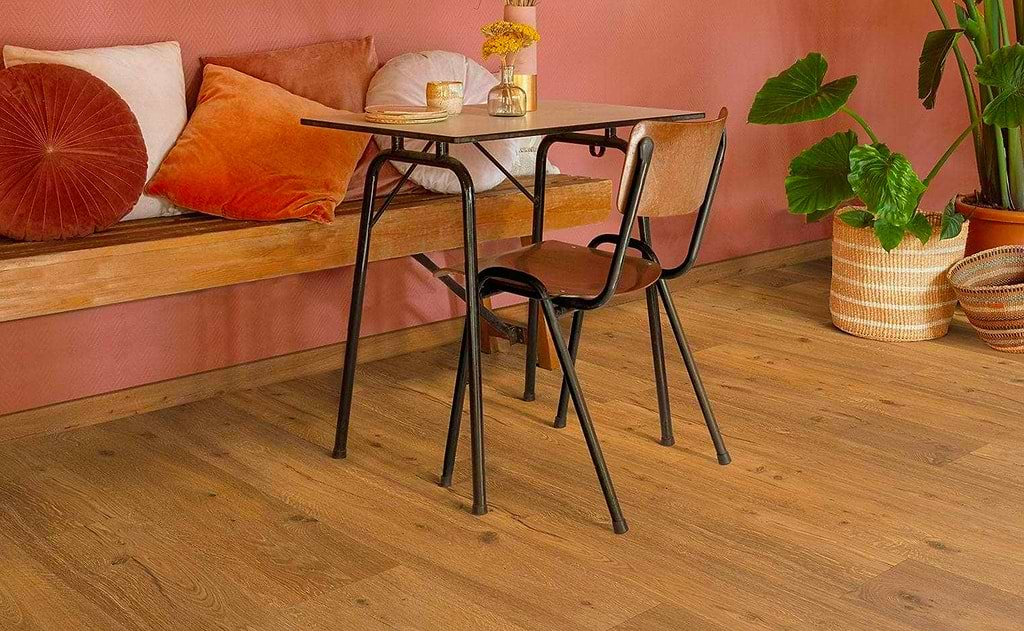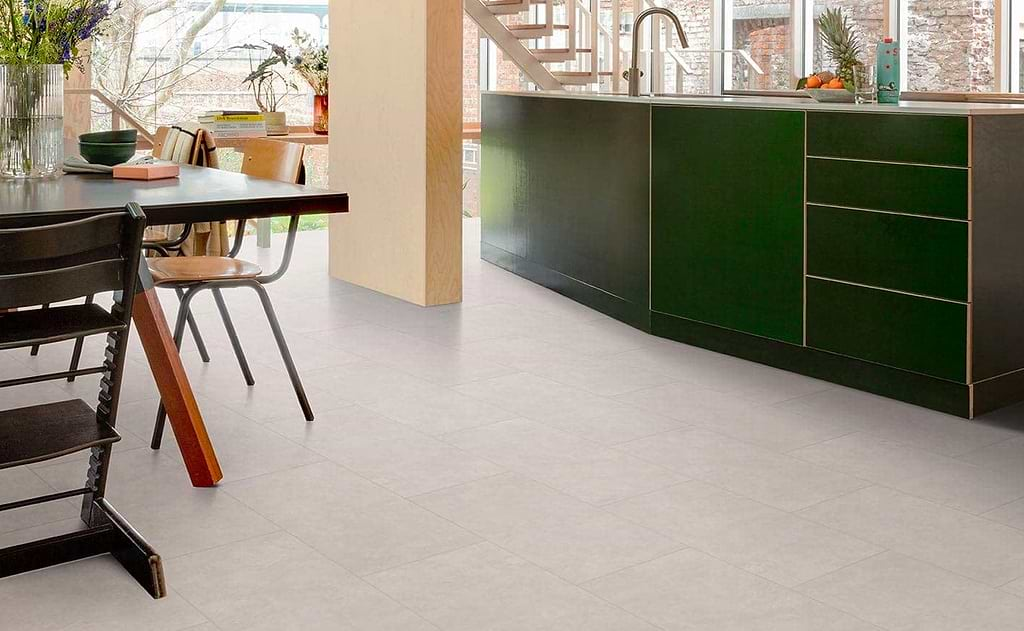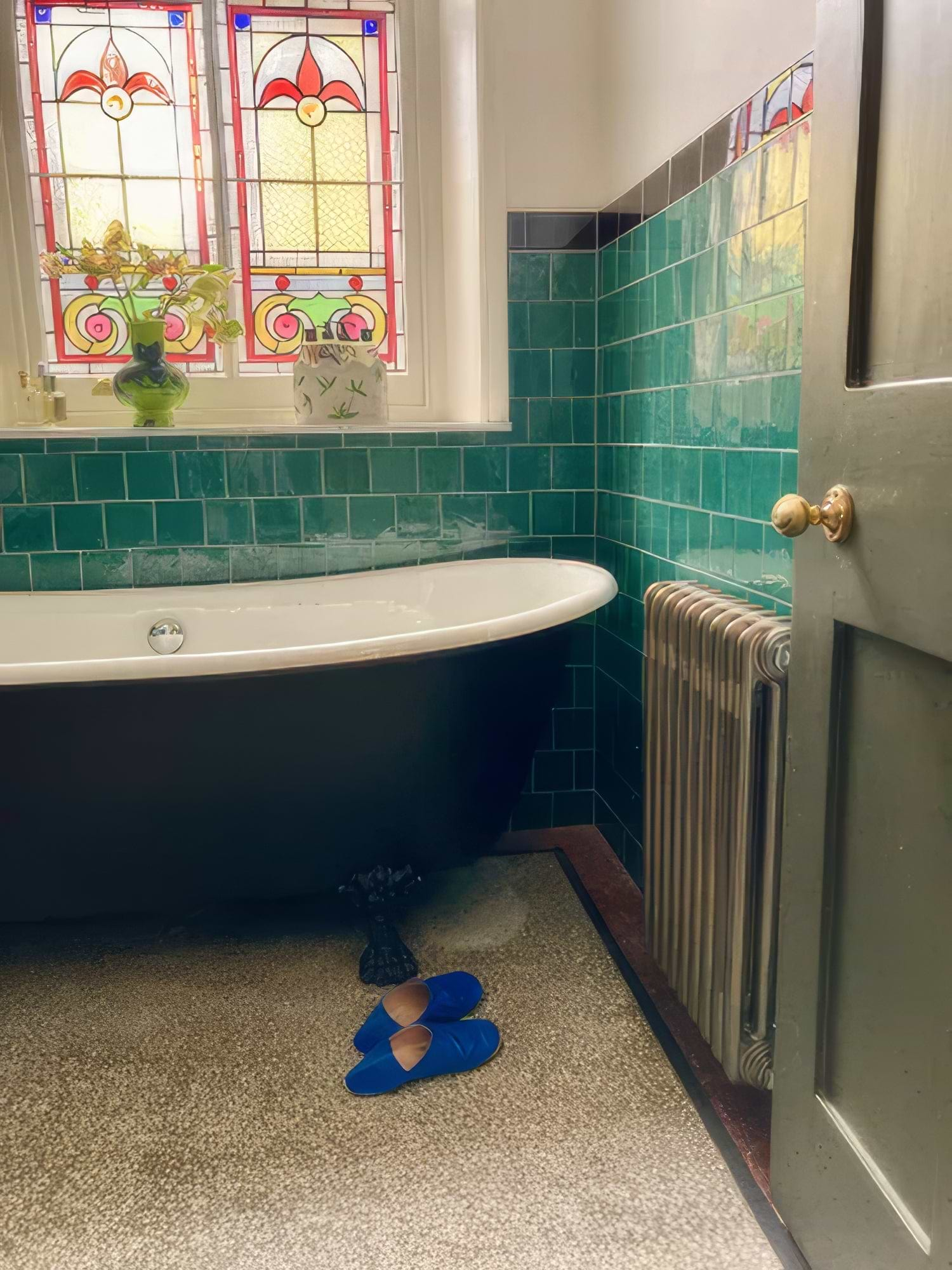Exploring the Durability of Luxury Vinyl Tile Flooring
When contemplating flooring options for a home or business, durability often tops the list of considerations. Luxury Vinyl Tile (LVT) flooring is renowned for its robustness, making it a popular choice in spaces subjected to heavy use. The composition of LVT, which typically includes multiple layers, contributes to its durability. These layers often consist of a tough wear layer, a decorative layer, and a sturdy backing. This multi-layer structure provides resistance against common flooring adversaries such as scratches, dents, and moisture. Whether it's in a bustling family kitchen or a high-traffic commercial space, LVT holds its ground, retaining its appearance and functionality over time.
Maintenance of LVT: A Hassle-Free Approach
One of the most appealing attributes of LVT flooring is its ease of maintenance. Unlike some flooring materials that require specific cleaners or treatments, LVT is remarkably straightforward to care for. Regular sweeping or vacuuming to remove dirt and debris is the first step in maintaining LVT floors. For deeper cleaning, a damp mop with a mild cleaner is usually sufficient. The material’s resistance to stains and spills is a boon, especially in spaces where accidents are prone to happen. This low-maintenance aspect of LVT not only saves time and effort but also eliminates the need for specialised cleaning products or equipment.

Cost Considerations of LVT Flooring
When evaluating flooring options, cost is an inevitable factor. LVT offers a cost-effective alternative to natural materials like hardwood or stone, without compromising on aesthetic appeal. The initial cost of LVT can vary depending on factors such as quality, design, and thickness. However, it generally remains a more budget-friendly option compared to many traditional flooring choices. Moreover, the long-term costs associated with LVT are also favourable. Its durability means less expenditure on repairs or replacements. The ease of maintenance translates to savings in cleaning and upkeep. This cost-effectiveness, combined with the longevity and minimal maintenance requirements of LVT, makes it an economical choice over its lifespan.
The Versatility of LVT in Design and Application
Beyond durability and cost, the versatility of LVT in design and application further enhances its appeal. LVT comes in an array of styles, colours, and patterns, mimicking the look of natural materials with remarkable accuracy. This versatility allows homeowners and designers to create the desired ambiance and style without the limitations or costs of real wood, stone, or tile. LVT’s flexibility extends to its application as well. It can be installed in various settings, from residential to commercial spaces, and is suitable for high-moisture areas like bathrooms or kitchens, where other flooring types may not be advisable.
Environmental Impact and Sustainability of LVT
As environmental concerns become increasingly important, the sustainability of building materials is a crucial consideration. LVT has made strides in this area, with many manufacturers committing to eco-friendly practices. Some LVT products are made with recycled materials and are recyclable at the end of their life cycle. Additionally, the production of LVT often requires less energy and resources compared to natural flooring materials. However, it’s essential to research and choose LVT products that align with environmental standards and sustainable practices to ensure a greener choice.

Health and Safety Aspects of LVT Flooring
The health and safety aspects of flooring materials are vital, especially in homes with children or individuals with allergies. LVT often scores well in this regard. It is resistant to mould and mildew, which can be a concern in damp areas. Furthermore, many LVT products are manufactured without harmful chemicals and are compliant with indoor air quality standards. It’s advisable to look for LVT that has certifications for low volatile organic compound (VOC) emissions to ensure a healthier indoor environment.
Installation and Adaptability of LVT
The installation process of LVT is another factor that adds to its popularity. LVT can be installed over various subfloors and is often suitable for DIY projects, making it accessible to those who prefer a hands-on approach. Some LVT products come with interlocking edges, allowing for a floating installation without adhesives. This adaptability in installation not only simplifies the process but also makes LVT a viable option for temporary or rental spaces where permanent alterations are not permissible.
Weighing the Benefits of LVT
Understanding the durability, maintenance, and costs of LVT reveals why it has become a favoured flooring option in various settings. Its resilience against wear and tear ensures longevity, while the ease of maintenance offers a hassle-free approach to keeping floors looking pristine. The cost-effectiveness of LVT, both in initial investment and long-term maintenance, makes it an attractive choice for budget-conscious renovators. Combined with its design versatility and wide application range, LVT stands out as a practical, stylish, and economical solution for flooring needs. Whether for a home renovation, a new build, or a commercial project, LVT offers a blend of durability, simplicity, and value that is hard to overlook.






